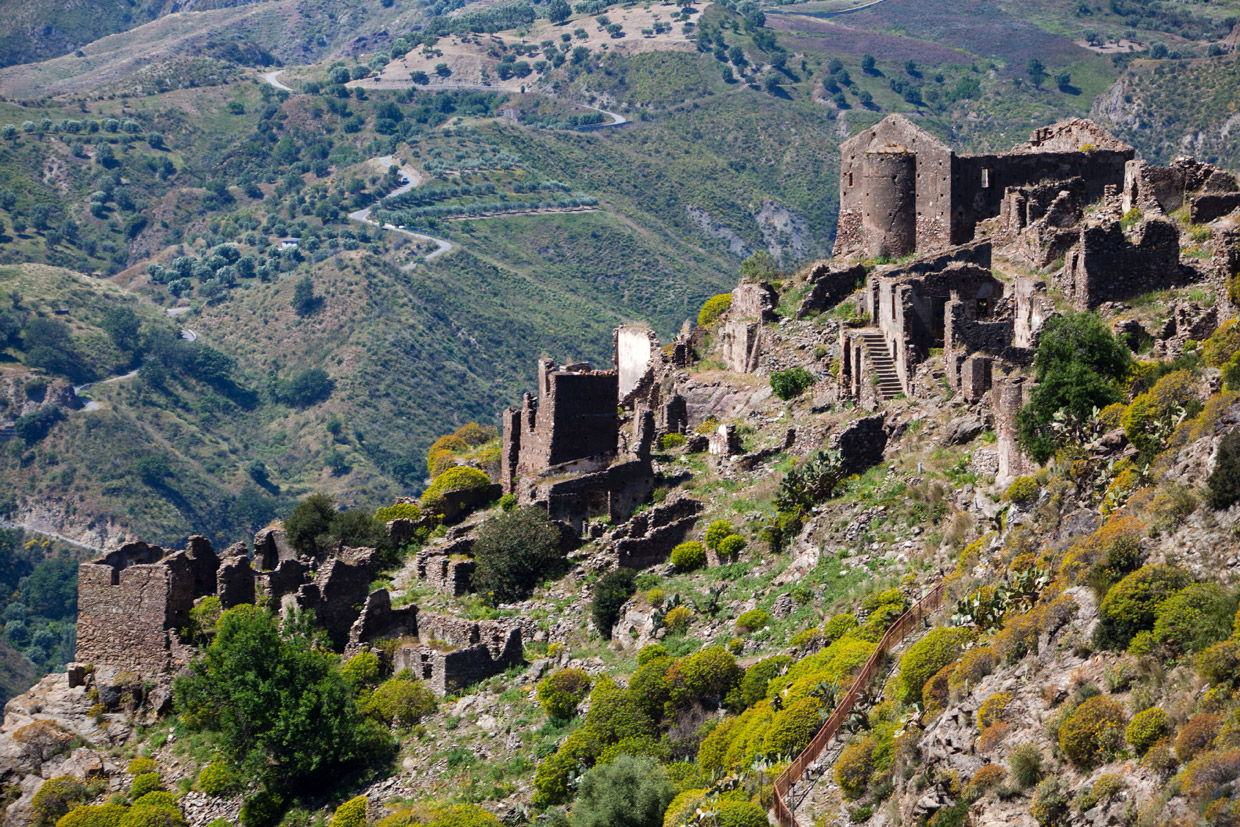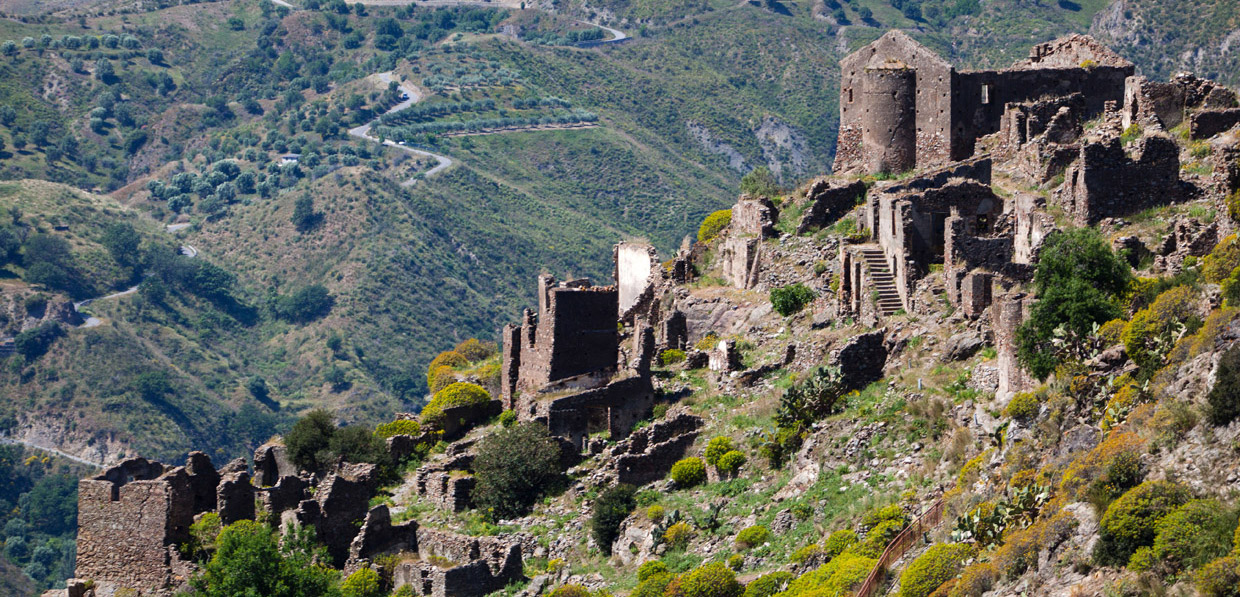The Greek area or Bovesia, as the inhabitants of the area prefer to be called, is a Hellenistic region of the province of Reggio located on the Ioanian side. Numerous scholars from all over the world have studied the origins of this Greek society. To date, the most accredited thesis is that of the German glottologist Gerard Roholf, who supported the Magno-Greek origin of the Greek language in Calabria, highlighting the obvious similarities found in the Reggio dialect. He stated that the entire part of southern Calabria has a Greek substratum that influenced and conditioned the development of the Roman dialect.
The Greek itinerary will put you in contact with this ancient world, through their folkloristic, artisan, and food and wine traditions.

Gallicianò
Gallicianò is considered the only place in Bovesia where the inhabitants speak Greek as their mother tongue. Despite the initial shyness (also due to the persecution of the Calabrian Greeks during Fascism), the elders of the area soon became familiar with the stranger and and told of unique aspects of the place. The town has recently been renovated. A Byzantine church (della Panaghìa) has been reconstructed where the Orthodox liturgy takes place, as well as a small Greek theatre for summer performances, the museum of rural civilization, built inside a house where the furniture has been preserved since the time in which broom and wood were used for furnishings. There are also some typical taverns in Gallicianò where you can taste delicious Greek cuisine.
Amendolea
Today Amendolea is a small village famous for its extensive bergamot cultivation and its castle that overlooks the Amendolea River from above. The name Amendolea derives from the Greek Αμυγδαλιά, which indicates the presence of almond trees. The Castello-Borgo, of Byzantine origin, offers a unique view over the valley. There are taverns and farmhouses nearby where you can taste typical food and bergamot products.
Bova Marina
Bova Marina is a town that has very ancient origins. Abandoned during the period of coastal devastation by the Saracens, today it has become a vital place, especially during the summer. The Study Centre for the Greek Language of Calabria is found here. From the archaeological point of view, the remains of a Jewish synagogue from the 4th-5th century AD are of considerable importance, of which an extraordinary mosaic is preserved in the adjacent Antiquarium (Parco Archeologico Archeoderi).
Bova, La Chòra
In Greek, chòra (χώρα) means the main centre. In fact, Bova is the Chòra of Bovesia, the most populous and active town involved in the recovery of the language. The village, which was elected among the most beautiful in Italy, enjoys a magnificent view of Mount Etna. There are ancient noble palaces, churches of historical and architectural value, such as the Cathedral that preserves an ancient crypt under the central nave. The remains of the Norman castle, the Greek language museum named after the Rohlfs, the museum of palaeontology, and the museum of rural culture that is installed along the streets of the village all make Bova an essential stop. From the gastronomic point of view, the local taverns offer typical Greek-Calabrian cuisine. Do not forget to taste the “lestopitta”, a quick yet delicious meal.

